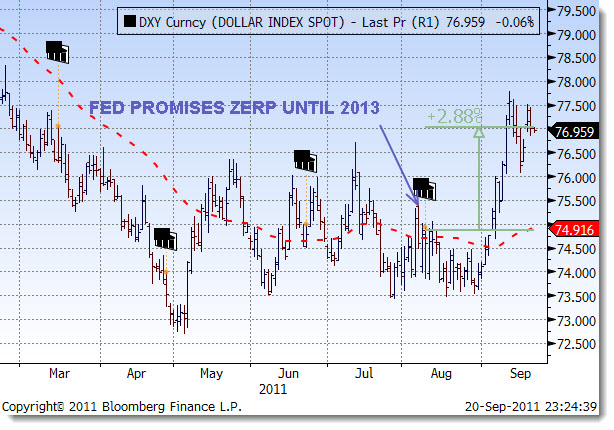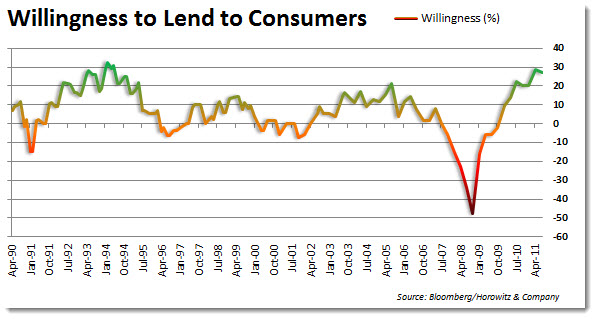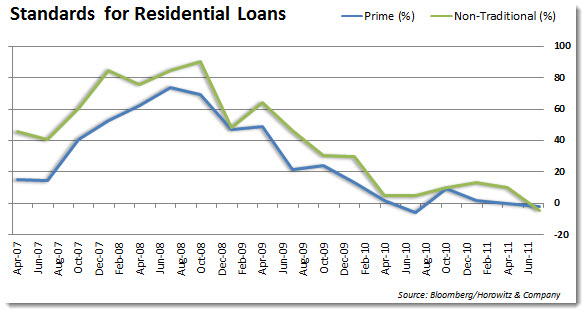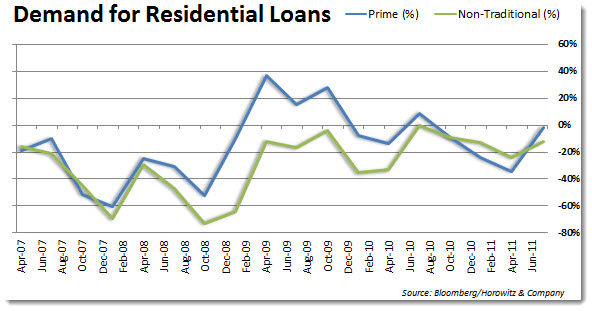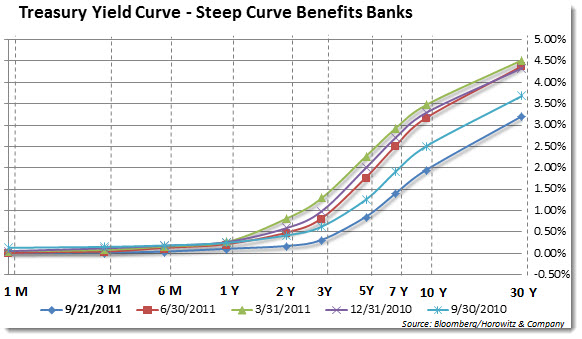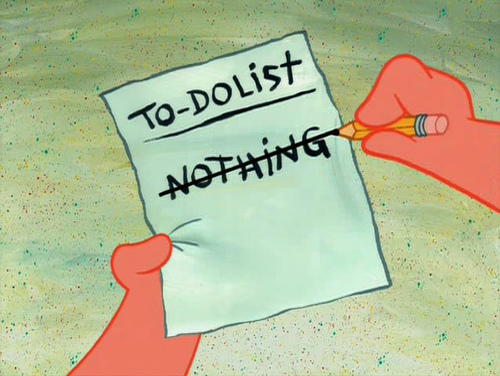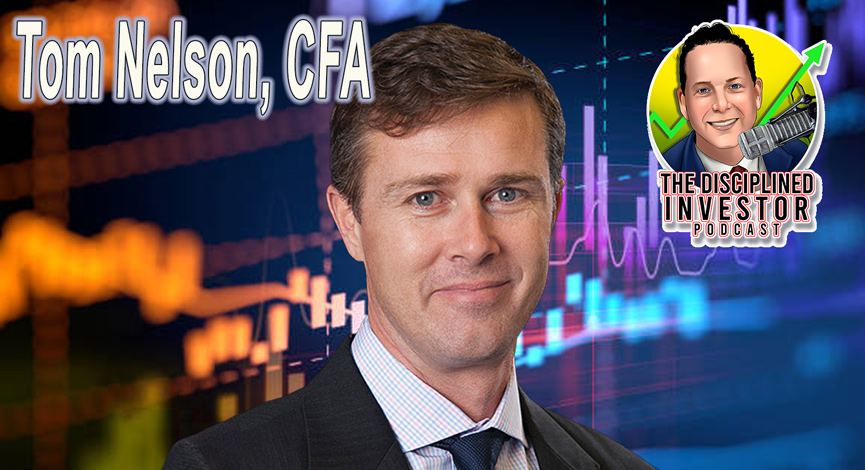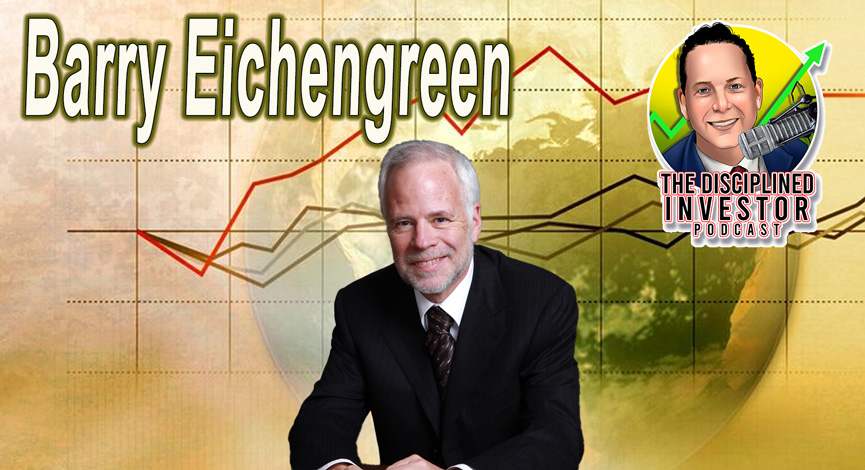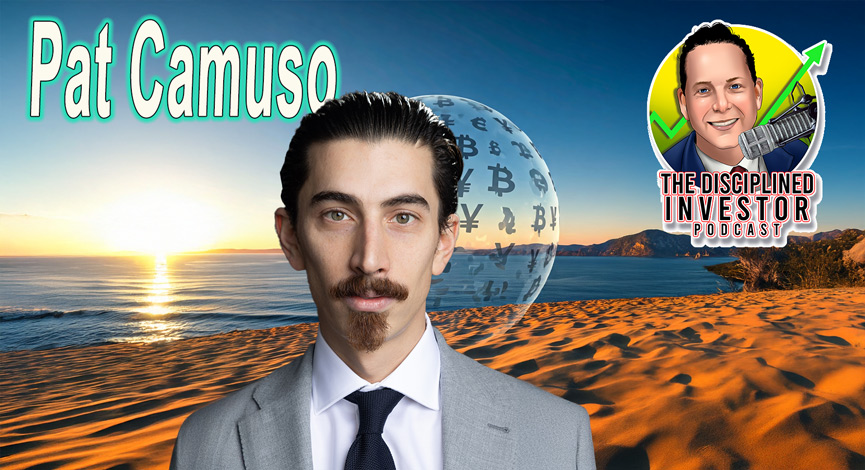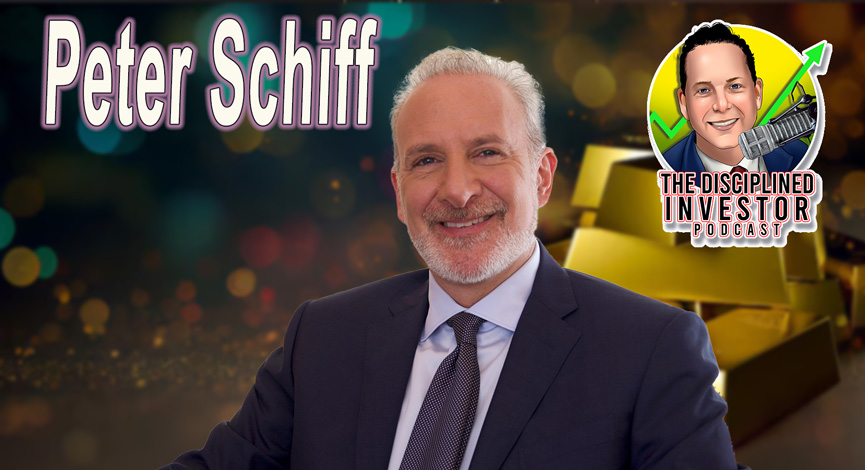TWIST (The Wrong Interest Strategy Theory)
What will today bring is on the minds of every investor around the world. Have you ever wondered how Mr. Bernanke sleeps at night? He has a mighty weight on his shoulders as the world’s financial savior. Bulls are hoping (and praying) for something big…REALLY BIG. The last adrenaline shot is already wearing off as the promise to keep interest rates close to ZERO until 2013 has sent a confusing message.
On one hand, there was some jubilation that the overhang of a rate change has been removed. On the other, it is obvious that the FED is very concerned about the recent and quick decline in economic activity. When the announcement was made, the USD initially fell as this was obviously bearish for the USD. But within days, the realization that the economic slowdown and global problems were not about to be solved by keeping things as they are provided enough reason for Dollar buying to begin.
Even as the announcement on August 9th relieved the U.S. equity markets from falling, the risk aversion trade was pushing up the USD above the 50 DMA to a levels it had not seen since earlier in 2011. From the time of the announcement until today, the USD has risen 2.8%. That was probably not the intent of Mr. Bernanke as the weak USD has been very good for U.S. exporters.
At the same time, U.S. Treasuries continued their climb as fixed income alternatives were sought as European debt was no longer desirable. That also helped to prop up the USD since money flow into the U.S. was coming in fast and furious.
The “good news” is that the rise in the USD helps to push the price of commodities down. Of course if you are an investors in these on the long side, you are not happy, but for consumers it is helpful. In turn, the savings should help the economy help as money may now be spent in other areas.
So, at 2:15 there will be an announcement by the FED of the policy decision they have arrived at during their two-day meeting. The consensus is thinking that Operation Twist is the minimum that will be put forth. This is a plan to continue buying Treasuries from maturing debt that the FED already owns and “roll” it into new purchases of longer dated bonds. There is NO new money involved, but the theory is that this will push down interest rates to help consumers.
The NY Times had a good discussion of the action and history:
…Fast-forward to Feb. 2, 1961. The glamorous new president, John F. Kennedy, elected on a pledge to “get the country moving again,” made his first major official speech on the economy, which was then formally in recession. He announced his own program to stimulate the economy and to fight unemployment, then an unpalatable 6.8 percent. (Today it‘s much worse, at 9.1 percent.) Embedded in that speech was an unorthodox monetary policy that the Fed and Treasury were to conduct jointly. It was known within the Fed as “Operation Nudge,” because it involved nudging interest rates by altering the composition of the Fed‘s portfolio. That name, though, didn‘t catch on. (As far as we know, nobody was dancing the Nudge.)
Twist is a more apt description of what the Fed was actually doing ”” swinging longer-term rates in one direction (down), while moving short-term rates the other way. Raising short-term rates made sense at the time because the world was still on a gold standard, and President Kennedy wanted to stimulate the economy without exacerbating a balance-of-payments deficit that was draining American gold supplies. He wanted to bolster the dollar ”” by raising short-term rates ”” while giving the economy a lift by bringing down longer-term rates.
Here the steps in the monetary dance get a bit technical. They include selling some of the Fed‘s short-term securities and buying longer-term ones, effectively extending the average duration of the Fed‘s own portfolio. Because bond prices and yields move in opposite directions, increased purchases of longer-term securities could be expected to drive up prices and drive down interest rates, and vice versa. Today, presumably, the Fed would manipulate its portfolio to lower longer-term rates, but in contrast to 1961, it would hold short-term rates near zero.
The idea of the TWIST is also a reason for the USD’s rise. The flattening of the yield curve will not benefit banks though and may not provide any inducement to increase lending/reduce lending standards. Why should a financial institution take on the risk of loaning money during uncertain economic times with interest rates near historic lows? On the contrary, they have an alternative as their deposits (excess reserves) held at the FED are providing them a risk-free rate of 0.25%. Not a great interest rate, but one that is risk-free.
That brings up another announcement that may be seen today. Potentially, the FED will reduce the amount it pays on excess reserves as they would rather see that money in circulation. How much of a reduction will it take for banks to start taking on more risk? That is the multi-trillion dollar question and only time will tell. For what it is worth, even a drop to zero may not do any good. Perhaps the FED will pull out the big guns and start charging for the benefit of safe-keeping the funds. Crazy as it may seem, that could be beneficial as it will accomplish a few things:
- Push the banks to withdraw money and find alternative investment vehicles;
- Signal that the FED is desirous of banks increasing risk and lowering lending standards;
- Telegraph that the FED is comfortable with financial institution’s balance sheets;
- Create money for additional investments in Treasuries by outside parties.
However, while it may be a good idea in theory, already banks are willing to lend. In fact the most recent data suggests that willingness to lend has snapped back to historic levels prior to 2008.
The standards have also come down and have recently been at low levels, confirming that there is money to lend.
The problem is the same one that is not able to be solved by monetary policy alone. Consumers are not comfortable about their financial future and that is not inspiring them to add risk. No matter how willing a bank is to lend, if they do not have demand for the loans, there is no deal to be done. Consumers also have little to no incentive to get loans as they know interest rates will remain low for the next two years.
What then is the downside of these plans that the FED may unveil? For one, it may cause some concern with investors as the financial sector may not be able to meet their earnings targets in the near-term. A steep yield curve is beneficial to financial institutions and Twisting is designed to flatten the curve.
Also, the additional money available for investment (and increasing risk as it finds its way into the financial markets) could spook some into selling their positions in banks as they are not desirous of the additional uncertainty of return. (This is the reason that we added a PUT option on the Financial Sector ETF – XLF on Tuesday)
The benefit of all of this? Economists at Goldman Sachs believe that it may increase economic growth by 0.5%. Yes 1/2 of 1%! Compared to the first half of 2011 when the economy only grew at a 0.7% , that may seem terrific, but it is a far cry from robust growth. Long-term interest rates, meanwhile, probably won‘t come down more than 0.2 percentage point after any new Fed action. What people pay for loans on houses and cars won‘t fall nearly as much.
The bottom line: The entire idea that moving the maturities further out will help the economy is preposterous. My advice to the FED: Don’t Just Do Something, Stand There!
___
Looking to invest in The Disciplined Investor Managed Growth Strategy?
Click HERE for the virtual tour….
___


